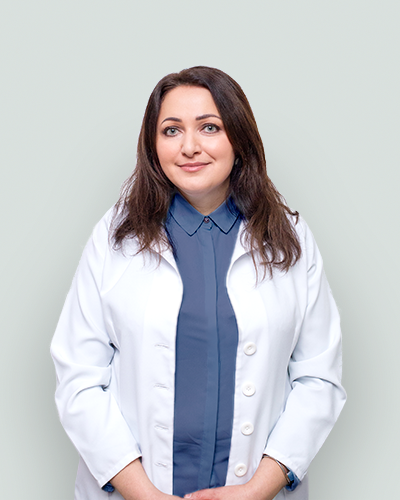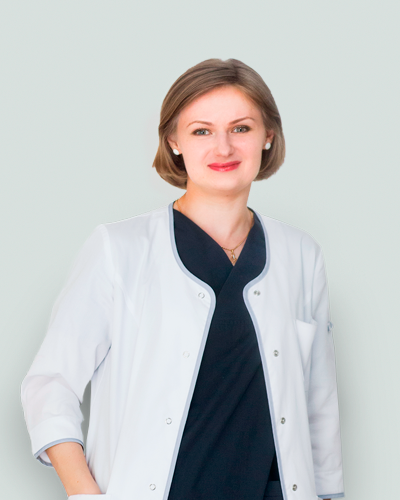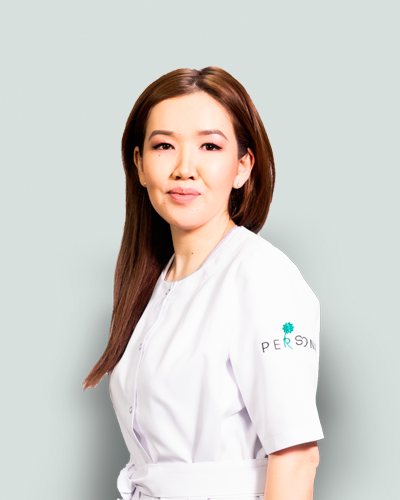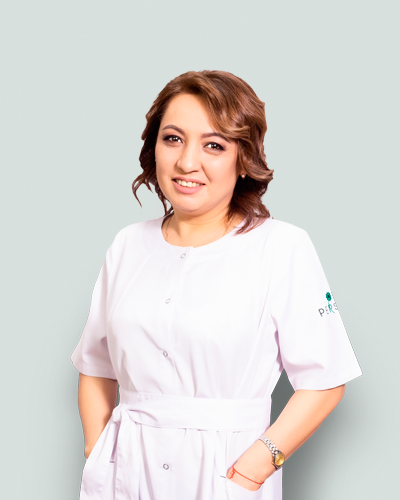Female infertility
The number of infertile couples in the world statistics today reaches 20% - a very impressive figure. This problem is faced by: every 7th couple under the age of 35, and every 3rd couple older than 35. The dynamic growth of the number of infertile families in many developed countries has already gone beyond a purely medical problem, becoming a social problem. According to the WHO, infertility is on the 3rd place after cardiovascular and oncological diseases. The female factor is the cause in 50% of cases of infertility.
Types of female infertility
First of all, female infertility is classified into:
- primary - in the absence of pregnancies in the past, despite regular sex life without the use of contraceptives;
- secondary - infertility in a woman who has had a pregnancy in the past.
In accordance with the factors of female infertility are divided into:
- absolute - if pregnancy is not possible in a natural way due to the absence of a uterus, fallopian tubes or ovaries. Such conditions may be associated with postponed operations or the presence of significant congenital defects of the development of the genital organs;
- tubo-peritoneal - or infertility of tubal origin associated with impaired patency of the fallopian tubes. It causes infertility in 40% of cases;
- endocrine - infertility, in which the cause is a violation of ovulation or the maturation of the egg. This species also accounts for 40% of all causes of infertility;
- uterine - infertility associated with the reasons that prevent the penetration of sperm into the fallopian tube or implantation of a fertilized egg into the endometrium;
- immunological - infertility due to the presence of antisperm antibodies in the cervical canal;
- psychogenic - infertility, in which the cause is the psychosomatic state of a woman.
The most common causes of female infertility
Inflammatory diseases of the pelvic organs, including those caused by sexually transmitted pathogens (gonococcus, syphilitic spirochete, trichomonas, chlamydia, ureaplasma, genital herpetic virus, mycoplasma, cytomegalovirus, gardnerella). Inflammation leads to the formation of adhesions in the uterus and in the lumen of the fallopian tubes. This causes deformation and disturbance of the correct anatomical location of the tubes and complicates the process of egg movement towards the uterus, as well as implantation after fertilization.
Disruption of the organs of the endocrine system - ovarian tumors, polycystic ovary syndrome, disorders of the regulatory function of the central nervous system after trauma, encephalitis, arachnoiditis and tumors. Impaired thyroid function (hypothyroidism and hyperthyroidism) and the adrenal cortex also affect women’s fertility. Obesity or rapid significant loss of body weight are of considerable importance - adipose tissue is an endocrine organ involved in the regulation of the metabolism of sex hormones. Any endocrine disorders can lead to disruption of egg and follicle maturation and to a non-ovulatory menstrual cycle.
Age over 37 years. Hormonal changes, but of a physiological nature, causing female infertility due to the lack of ovulation, include age-related processes in the female body. After 37 years, the number of ovulatory cycles decreases sharply. That is, a healthy woman after 37 years is able to get pregnant, but this opportunity is significantly reduced because ovulation (the release of an egg from the follicle) after 37 years does not occur every month, but once every 3-5 months.
Surgery and manipulations - in the abdominal cavity (on the intestines for appendicitis, perforation of the diverticulum, peritonitis, tumors, etc.), on the bladder and other pelvic organs, diagnostic laparoscopy, repeated artificial termination of pregnancy, especially surgical, repeated diagnostic curettage and other medical manipulations.
Ectopia and dysplasia of the cervix, the presence of the intrauterine device - contribute to the development of inflammatory processes and adhesions in the tubes, around them and in the small pelvis, the formation of adhesions in the cervix and uterus (synechia).
Uterus diseases:
- fibroids (especially in the corners), compressing the mouth of the fallopian tube in the area of its intrauterine device;
- changes in the composition of the mucus of the cervical canal (with inflammatory processes, dysplasia, endocrine diseases), which prevents the penetration of spermatozoa;
- endometrial polyps;
- endometriosis of the uterus and its appendages.
Prolonged stress and severe psycho-emotional stress can cause disruption of the menstrual cycle and nervous regulation of the function of the fallopian tubes - peristalsis, the formation of mucus, a certain direction of vibrations of the villi of the ciliated epithelium of the mucous membrane, etc.
Is female infertility curable?
When solving the problem of infertility, anti-inflammatory treatment is carried out first. In general, the treatment of female infertility depends on the identified causes and includes:
- various methods of surgical restoration of the anatomical position and patency of the lumen of the fallopian tubes; their meaning lies in the dissection of adhesions, the release of their fallopian tubes and fimbriae; such operations include salpingolysis, uterine tube resection or salpingoplasty, fimbriolysis;
- treatment and / or correction of hormonal disorders;
- stimulation of ovulation;
- treatment of cervical dysplasia, endometriosis, myomatosis, polyposis;
- prescription of psychotherapeutic drugs, etc.
If there is no effect after using conservative and / or surgical methods, the use of in vitro fertilization procedure (IVF) is recommended. Despite the fact that the IVF method is quite complicated and expensive, today it is most effective for the vast majority of types of female infertility.
















